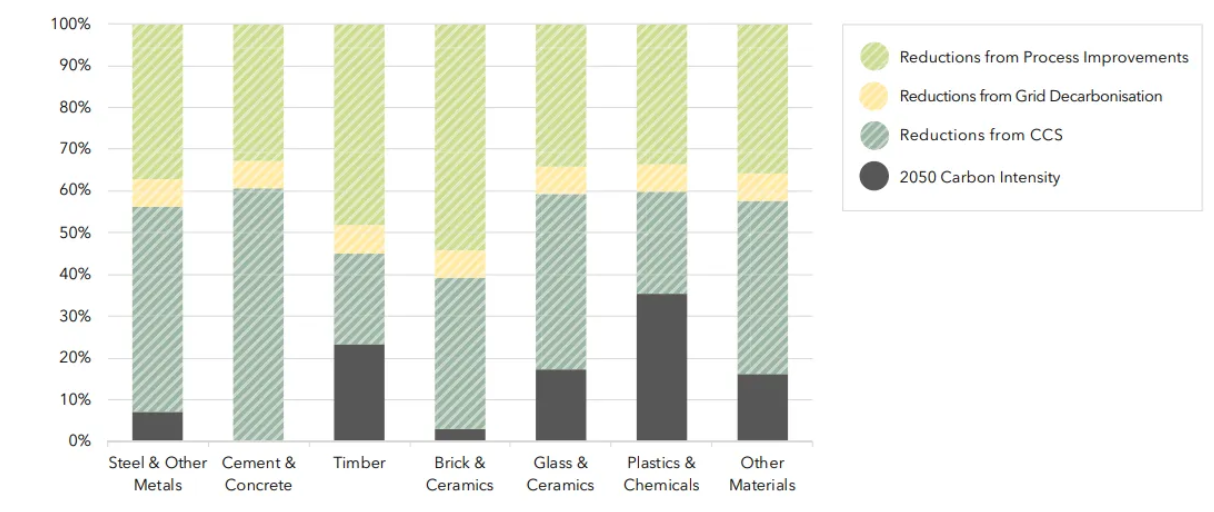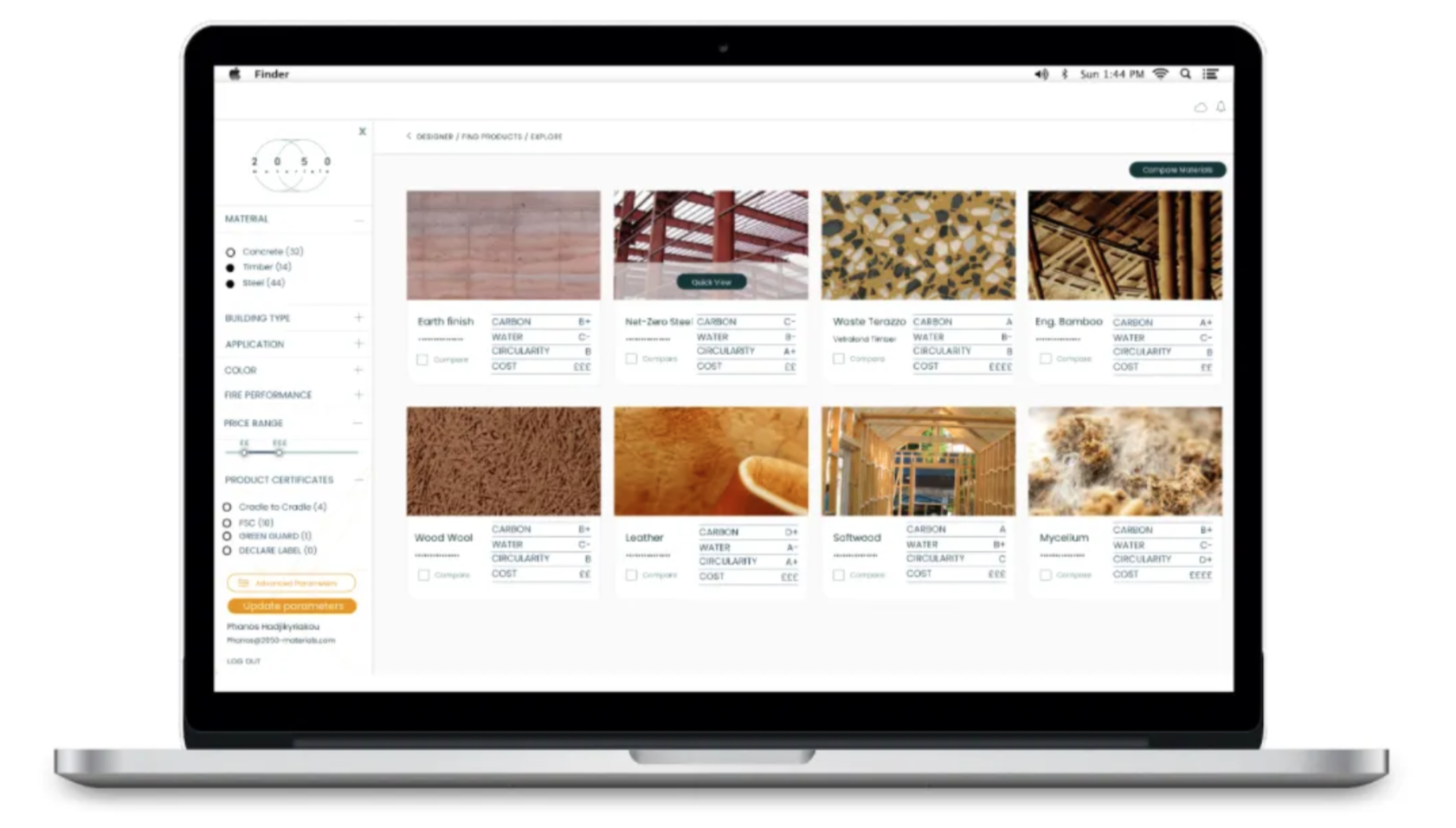Build like the year is 2050, today.

Photo courtesy of Alusid
 2050 is a number we hear a lot about these days, and for good reasons.
2050 is a number we hear a lot about these days, and for good reasons.
To keep global warming below 1.5 degrees, the world needs to secure global net zero by mid-century. This is exactly why a week ago governments from around the world gathered in Glasgow to set emission reduction targets with the goal of reducing the impacts of climate change.
What are companies doing?
Companies around the world are moving ahead by setting targets to reach net-zero emissions by 2050, or sometimes even by 2030. Such steps are necessary to ensure a better future.
However, not all commitments come with a plan…
Unfortunately, setting targets for 10, 20 or 30 years into the future allows us to assume the future will be very different from today. This means that we make big assumptions about carbon capture and storage technology, as well as large process improvements.

UKGBC, 2021: Carbon Intensity reduction (2050) breakdown per material category
2050 seems a bit far away, doesn’t it…?
It does, and it is.
We believe that thinking too far into the future often delays action that’s needed today.
When brainstorming on what to name our sustainable product comparison platform, our main goal was to remind the industry that solutions exist today.
We don’t need to wait for magical carbon capture and storage technology nor do we need to offset emissions for everything we do. Instead, what we need is the ability to find and compare solutions holistically as early as possible. It’s a big task, but we’re working on exactly that!
 You can think of 2050 Materials as a materials platform or a time machine.
Instead of 2050 being a year far ahead into the future, we wanted it to be the place architects, designers and engineers go to find the most sustainable construction products on the market, today.
You can think of 2050 Materials as a materials platform or a time machine.
Instead of 2050 being a year far ahead into the future, we wanted it to be the place architects, designers and engineers go to find the most sustainable construction products on the market, today.
What are we working on?
We love materials.
And we love the people working on turning natural, abundant resources into the building products of the future.
 The 2050 Materials platform shouts “change is here”!
We are launching soon and can’t wait to share it with you…
The 2050 Materials platform shouts “change is here”!
We are launching soon and can’t wait to share it with you…

If you’re an architect or designer, follow us on LinkedIn to get updates and early access.
If you’re a manufacturer producing sustainable products and would like to be featured on the platform, drop us a line.
-Co-founder, Phanos Hadjikyriakou
Related articles

Climate-Resilient Materials for the Built Environment: A Data-Centred Prime
As climate volatility intensifies, resilience metrics are fast becoming as critical as carbon data in material selection. This article outlines why adaptation is now a design imperative, how materials can be evaluated through a systems lens, and what KPIs project teams should demand. From self-healing concrete to fire-rated façades, we present a structured taxonomy of resilient materials, explain how to embed this intelligence into digital design workflows, and propose next steps for specification, benchmarking, and procurement.
Read more
The Most Interesting Low Carbon Products in Office Design
In this article and collection, we highlight 11 outstanding products that contribute to a lower carbon footprint in office design.
Read more
Top Low Carbon Building Boards: Performance, Benefits, and Use Cases
The building boards highlighted in this article and collection showcase low-carbon innovation in modern construction.
Read more